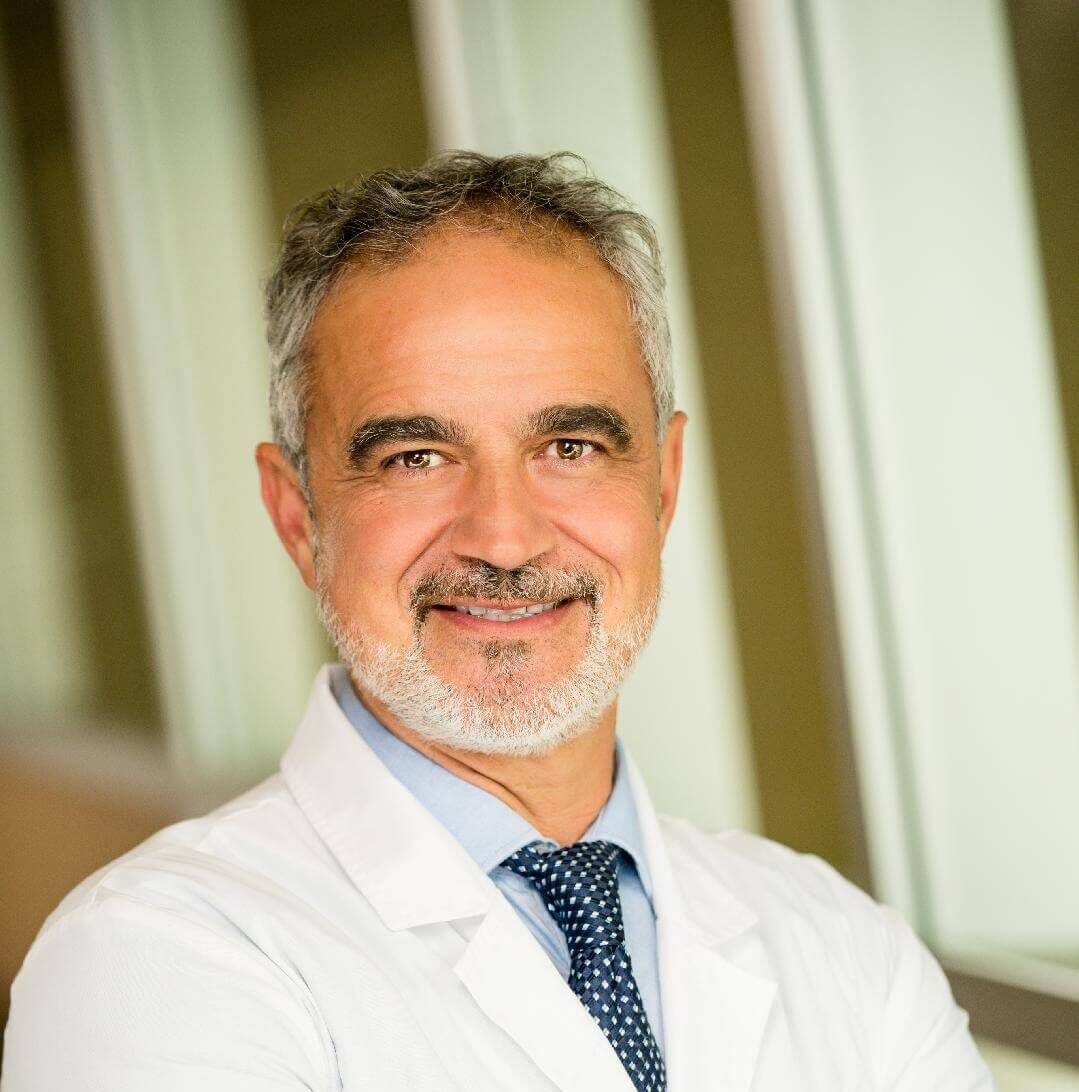You’ve come through the first major milestone of treating your heart issue- you’ve completed your heart surgery. Now it’s time to get on with the important next steps- healing and a full recovery so that you can enjoy the benefits the surgery was intended to create.
 The First Six to Eight Weeks
The First Six to Eight Weeks
In the first few weeks, you can expect to need painkillers to help control discomfort while your incision heals. You should be able to bathe or shower within a few days. You’ll need to keep your incision clean and dry until instructed otherwise. Meanwhile, watch for any signs of infection, including excessive draining or oozing, edges of the incision pulling apart, redness or warmth, or a fever higher than 100F.
Eight to Ten Weeks
During this time you should not stand still for more than 10-15 minutes at a time, lift anything more than 10 pounds, push or pull heavy objects, or engage in strenuous activity. Your doctor will let you know when it’s safe to begin driving again.
Be sure to get adequate rest and take care of yourself. You may need to eat smaller meals at first until your body has a chance to recover from the surgery.
Recovery Moving Forward
As your recovery progresses, you’ll need to ease back into normal activities. Follow your doctor’s instructions carefully to avoid reopening the incision or putting too much strain on your healing heart. When your doctor allows it, it’s important to begin engaging in an exercise routine. Begin with walking, swimming, and other mildly aerobic exercises.
As your appetite returns, so will your enjoyment of your favorite foods. Be sure to follow your doctor’s instructions carefully, and partake of fatty and rich foods in moderation. Your diet is an important component of your recovery. Develop good eating, sleeping, and exercise habits, in order to preserve and maintain the improvements your heart surgery has brought about.

